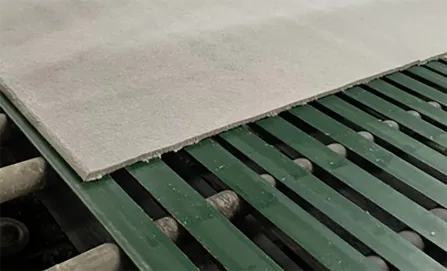Jan . 01, 2025 12:32 Back to list
Ceiling Access Hatch Door for Easy Entry and Maintenance Solutions
The Importance of Ceiling Hatch Doors Functionality and Design
Ceiling hatch doors, often overlooked in construction discussions, play a crucial role in both residential and commercial buildings. These access points, typically installed in ceilings, provide necessary entry to spaces like attics, rooftops, or service areas. Understanding their functionality, design considerations, and benefits will help in appreciating their importance in modern architecture.
What is a Ceiling Hatch Door?
A ceiling hatch door is essentially a door that is set into the ceiling of a building. It allows for easy access to overhead spaces that require maintenance or inspection. Depending on the design of the building, these hatches are commonly found in offices, warehouses, and homes. They come in various sizes and materials, catering to different needs and aesthetic preferences.
Functionality and Benefits
One primary function of ceiling hatch doors is to provide access to critical systems such as HVAC, electrical wiring, or plumbing. Regular maintenance of these systems is necessary to ensure efficient operation and longevity, making the ease of access provided by ceiling hatches essential. Additionally, they allow for quick inspections, enabling timely identification of potential issues that may require intervention.
Another benefit is the ability to utilize otherwise unusable space. In many homes, attics are often viewed as wasted areas. However, with proper ceiling hatch access, these spaces can be turned into functional areas, such as storage, recreational rooms, or even home offices. This utilization can significantly enhance the overall value of a property.
ceiling hatch door

Furthermore, ceiling hatch doors can be designed to enhance energy efficiency. Insulated hatches can help reduce heat loss or gain, contributing to lower energy bills and a more comfortable indoor environment. This consideration for energy efficiency is particularly relevant in today’s eco-conscious society, where homeowners and businesses alike seek ways to reduce their carbon footprints.
Design Considerations
When designing a ceiling hatch door, several factors come into play. First, the size of the hatch must be adequate for the intended use. For example, if the hatch is meant for regular access to an attic, it should be large enough for safe passage of occupants and equipment.
Secondly, the material of the hatch is critical. Depending on the location, different materials may be more appropriate. For instance, in a residential setting, wooden hatches may blend seamlessly with existing decor, while metal hatches might offer enhanced durability for commercial applications.
Safety is another pivotal consideration. Many ceiling hatch doors can be equipped with fire-rated materials to comply with building codes, ensuring safety in case of fires. Additionally, installing easy-to-operate mechanisms, such as counterweights or hydraulic lifts, can improve user safety and convenience.
Conclusion
In conclusion, ceiling hatch doors are essential elements of any building, offering functional access to overhead spaces and enabling the efficient operation of vital systems. Their design should not be underestimated, as it impacts both practicality and aesthetics. As buildings become more complex and the need for regular maintenance rises, the relevance of ceiling hatch doors will only continue to grow. Whether you are a homeowner looking to maximize your space or a builder contemplating design options, understanding the value of these access points is key to creating a functional and efficient building. Embrace the potential of ceiling hatch doors in your next project to enhance both value and utility.
-
Quality Ceiling Trap Doors & Access Panels | Easy & Secure AccessNewsAug.30,2025
-
Durable Ceiling T Grid Systems | Easy InstallationNewsAug.29,2025
-
PVC Gypsum Ceiling: Durable, Laminated Tiles for Modern SpacesNewsAug.28,2025
-
Pvc Gypsum Ceiling Is DurableNewsAug.21,2025
-
Mineral Fiber Board Is DurableNewsAug.21,2025
-
Ceiling Tile Clip Reusable DesignNewsAug.21,2025







